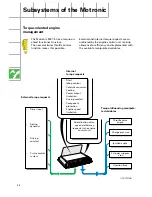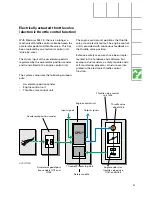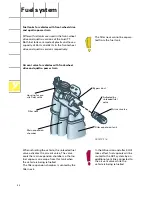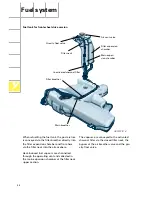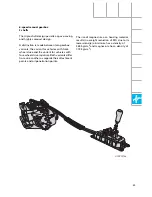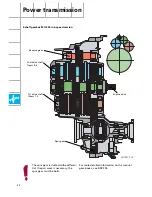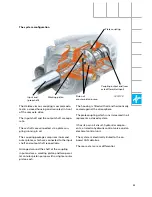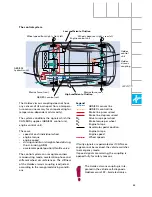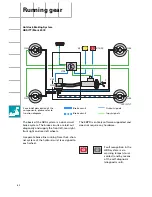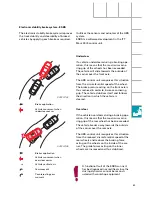
52
Power transmission
The transmitted torque is dependent on the
speed difference between the front and rear
axles.
Also, the torque transmission parameters are
defined in the software (variable torque trans-
mission control adapted to the driving situa-
tion).
Haldex viscous coupling
The four-wheel power train used in the Audi
TT Coupé quattro is a logical progression on
the proven four-wheel drive concept.
A new feature of the power train is the slip-
dependent force distribution control on both
axles by means of a Haldex viscous coupling.
The manual gearbox transmits the engine out-
put directly to the front axle and simultane-
ously via an angle gear and the propshaft to
the Haldex viscous coupling flanged to the
rear axle drive.
The rear axle drive is composed of the Haldex
viscous coupling, the axle drive and the diffe-
rential.
– Acceleration with high directional stability
– Handling is neutral with a slight tendency
to understeer
– No restrictions on towing when the axle is
raised off the ground
– Communication via CAN-BUS
SSP207/28
SSP207/29
Advantages of the Haldex viscous coupling:
– Permanent four-wheel drive is fully
automatic for the driver
– Permanent four-wheel drive at engine
speeds higher than 400 rpm
– Controllable four-wheel drive system, the
characteristic curve is not constant
– High rear axle drive torque of up to
3200 Nm

